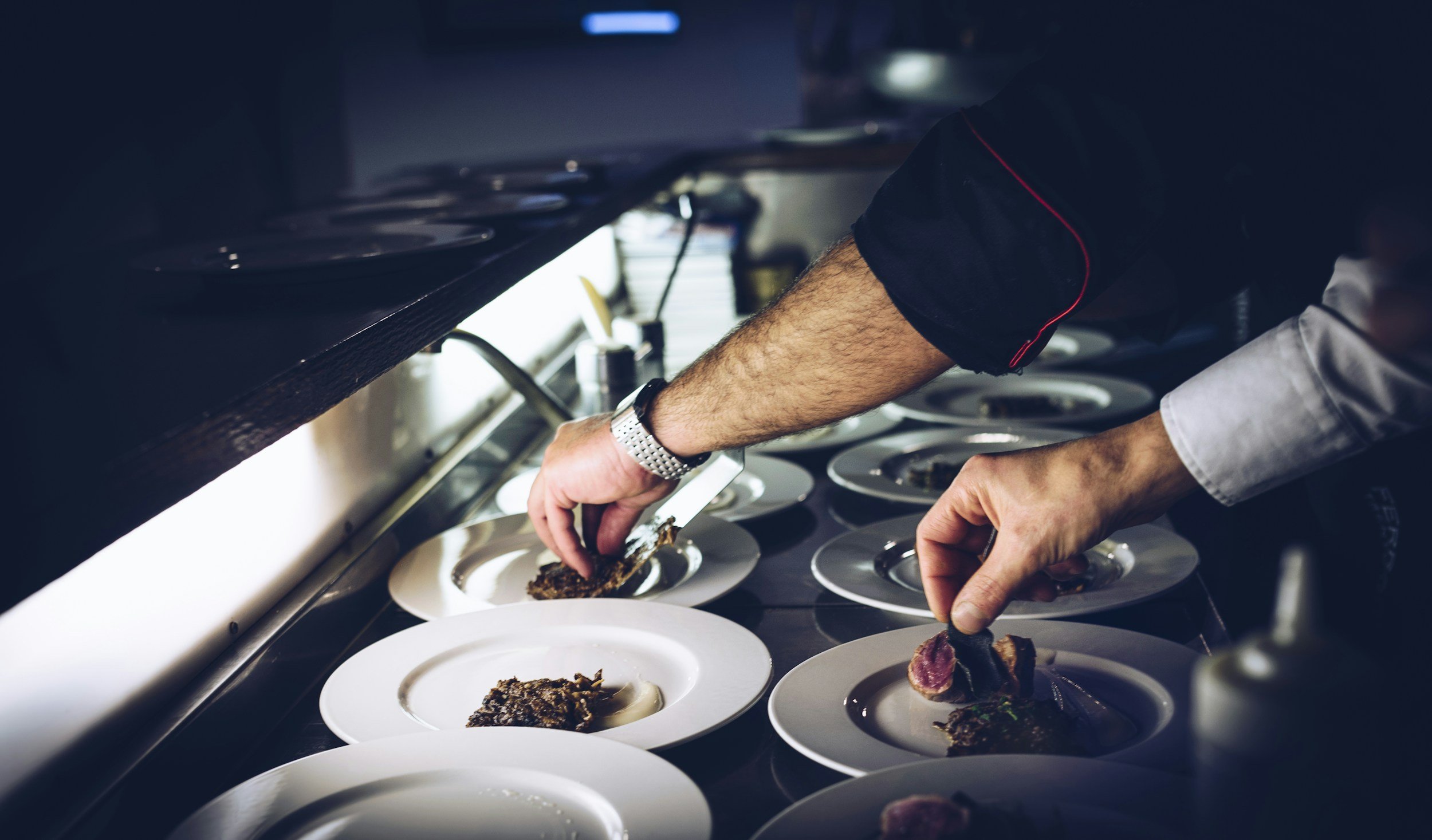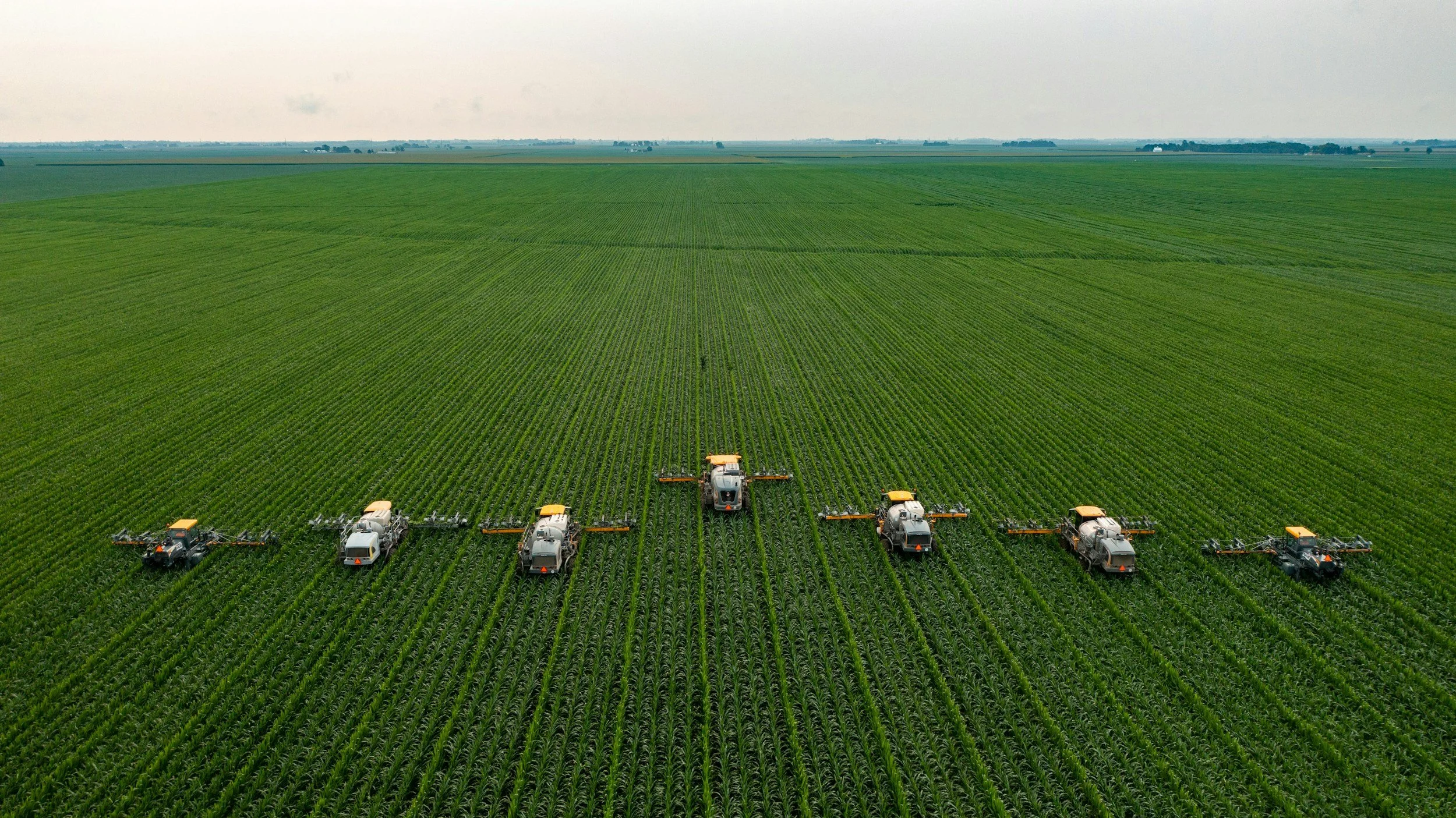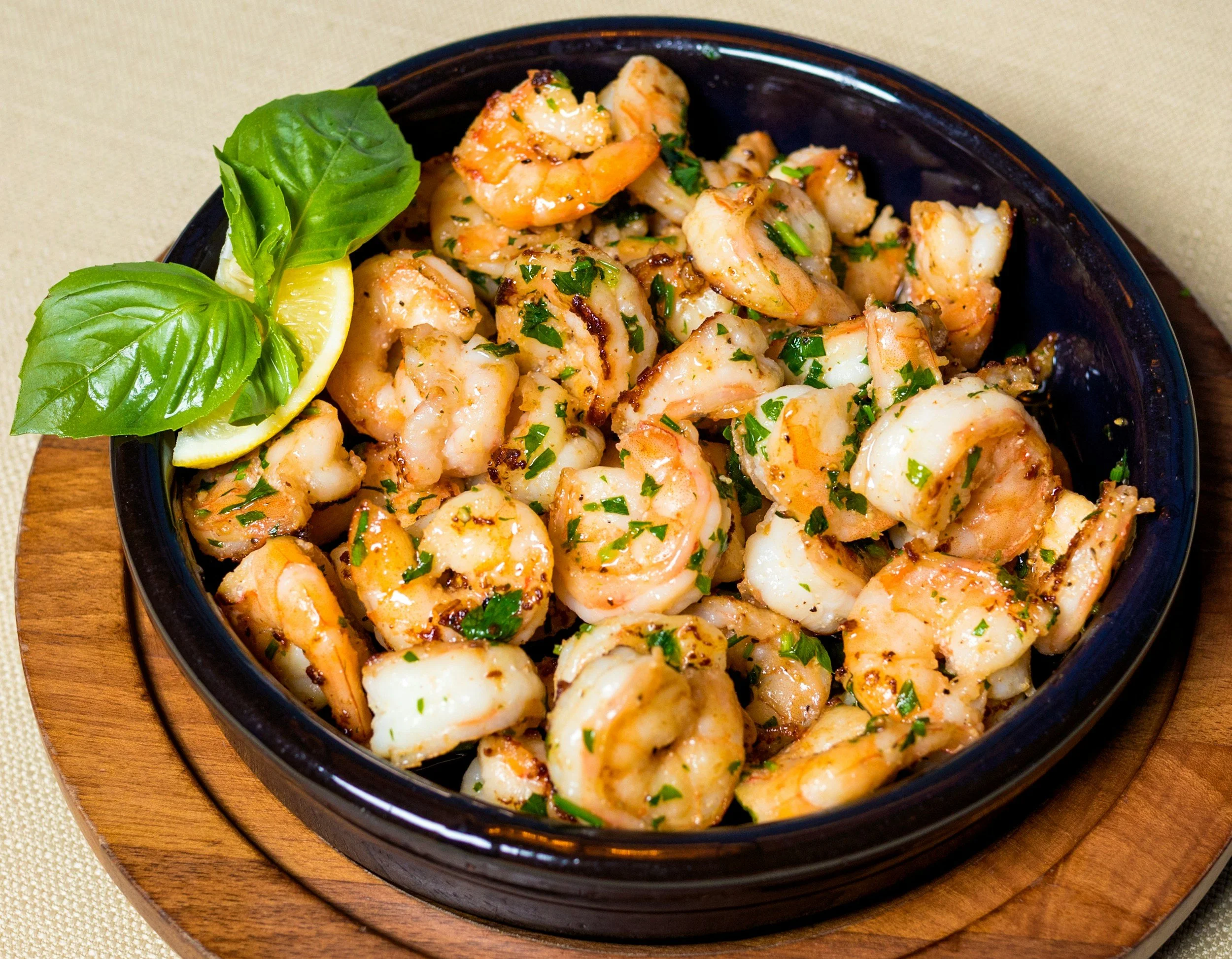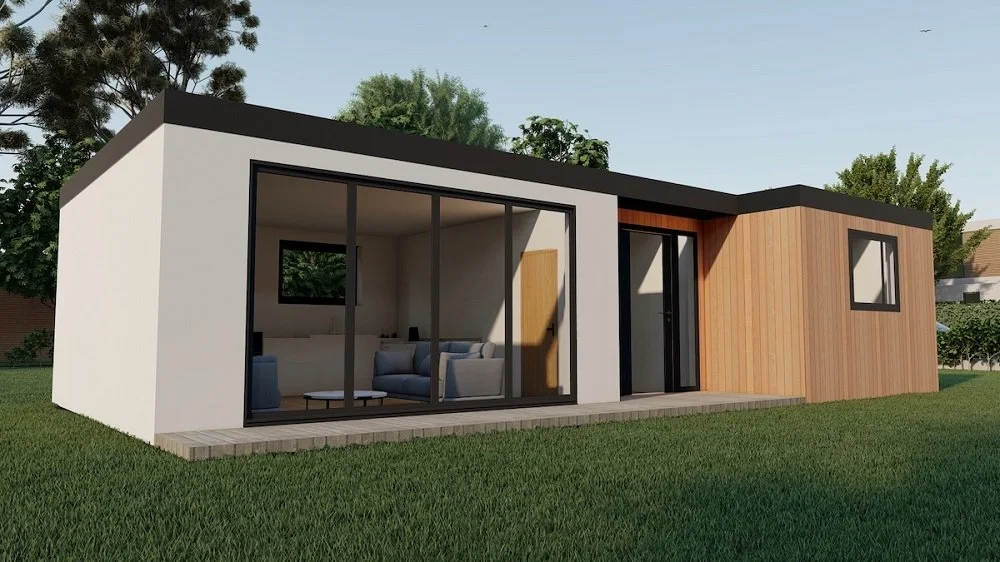10 Tips for starting your food garden
/Interest in gardening has taken off since COVID-19 has forced most of us to stay at home for long stretches of time. While many people in the US have taken this time to start a food garden and to learn about how to be more self-sufficient, others have found that gardening relieves their boredom and provides other mental and physical health benefits. In the long term, growing at least some of your own food can also help save money and minimize trips to the grocery store. Whether you are new to gardening or have experience growing some of your food, these 10 tips will help ensure that your garden grows abundantly and with few problems.
Tip #1: observe before you plant
What’s the first step in growing a garden? You might think it’s getting supplies or figuring out what you want to plant, but in fact, it’s something more fundamental yet time-consuming than either of those things. Before you dig a bed, plant a seed in the ground, fill a pot with soil, or purchase seedlings from your local nursery, you should observe the space where you intend to grow your plants. As a general rule of thumb, if the food you are growing comes from a leaf or root, it can thrive in a partly or mostly shady space. If the food that grows from the plant comes from a flower (like tomatoes, peas, peppers, and fruits), it will need up to 8 hours of direct sunlight.
Tip #2: soil matters (a lot!)
Proper soil preparation does more than help your plants grow. It helps them prosper and enables them to better withstand stressors like the occasional drought, pathogens, and even garden pests. It does this in part by helping the plant to develop a strong immune system and defense mechanisms. There are many ways to prepare your soil for planting. The best way to start is with a soil test to determine what you already have to work with. You can also purchase commercial soil and add to it. This is called amending the soil. The best thing to add is homemade compost (that way you reduce food waste and feed your soil), or the commercial variety. Pay attention to drainage: most plants need soil with good drainage. Adding perlite helps create a lighter, better-draining soil mix. Other things you can add include finely crushed eggshells, which will (eventually) add calcium to the soil as well as improve drainage. Another quick and easy way to improve the organic content of your soil is to add used coffee grounds. Contrary to popular belief, spent coffee grounds are nearly Ph-neutral and do not make your soil more acid.
Tip #3: consult the local weather report
It’s important to pay attention to fluctuations in the weather, especially when they are severe (like an unexpected frost or downpour). Scorching heat waves, prolonged periods of rain and humidity or cloudiness, or drought can all have terrible effects on the viability of your crops.
Because weather changes can be unpredictable, you might think about container gardening for at least some of your crops, because you can move plants closer to the siding of your home, under eaves or beneath other shelter (such as a patio umbrella) to protect them from the elements. If you have an in-ground garden, covering with garden plastic, floating row covers, plant protectors, a greenhouse tarp, or burlap can provide temporary protection from the harsh elements. Using a soaker hose to water your in-ground plants for long stretches of time to encourage deep rooting (which helps plants withstand periods of drought) are a few other ways you can mitigate the effects of bad weather or extreme fluctuations in the climate.
Tip #4: don’t grow more than you can manage
Many an enthusiastic novice gardener has found herself with a menagerie of plants that have become unmanageable. Even if you have a big yard or plot of land with plenty of sunlight for growing a food garden, you should start small, especially if you are new to food gardening, have done minimal food gardening in the past, or haven’t grown food in a long time. If you don’t have a lot of time to tend to a large garden, I strongly advise you to begin with a few simple, easy-to-grow vegetables or fruits. Get to know the needs of each plant, and over time, food gardening will be easier to manage, more intuitive, and you’ll spend less time trying to figure out why your crops aren’t thriving.
Tip #5: fertilize according to the soil needs and plant growing stages
While it’s possible to grow plants without fertilizer, it’s not possible to have a healthy and thriving food garden without it. Most growers add homemade compost to the soil or buy commercial fertilizer products in pellet, powder, or liquid form. Nitrogen (N), Phosphorous, (P), and Potassium (K) are the nutrients that are needed in the highest quantities. Other nutrients and micronutrients are needed in smaller amounts. Many of these nutrients (except N and P) are already present in the soil in adequate amounts, especially if you amend the soil with compost. Adding too much of a nutrient that is already present in the soil in normal or excessive amounts causes problems for your plants, including creating deficiencies of other nutrients. It’s best to conduct a soil test to see what nutrients your soil needs; home soil tests are available at your local nursery or garden supply store.
Generally, plants benefit from nitrogen in the early stages of their growth, which helps them produce more leaves. However, adding too much nitrogen will cause an excess of leafy growth and poor production of vegetables. Phosphorous promotes root development, which helps to anchor and strengthen plants. It also increases bloom and fruit production, which happen in the middle stages of plant growth. Potassium, or potash, helps your crops fight off diseases and withstand extreme temperatures. Plants deficient in potash will have stunted leaves and fruit and may be sensitive to drought. A balanced fertilizer will have a 10-10-10 ratio. It’s generally a good idea fertilize your plants once every two weeks in the hot and warm months and once a month in the cold months (if you garden year-round). If your soil is deficient, fertilize your soil before planting.
Tip #6: water consistently and thoroughly
Watering too much or too little will cause your plants to become weak and therefore more susceptible to diseases and pests. There are a number of ways you can ensure that your plants get enough water to keep them growing healthy and producing an abundant harvest. First, you can purchase a drip irrigation system and a timer to water your urban garden. Attaching it to a single rain barrel will keep your small garden watered for up to two weeks. For a garden on a large plot, use two rain barrels. If you have a large homestead, four rain barrels will keep your crops watered for a month if you use a slow drip irrigation system.
If you grow your food crops in containers, you will need to water them more often: every day, and possible twice a day in very hot weather, as containers dry out faster than in-ground or raised bed gardens. Water until the liquid runs out of the bottom of the container. You can also add mulch to your containers or garden bed to help retain water so crops need less watering, but check often to make sure that the mulch is not retaining too much water and attracting slugs and other moisture-loving pests as a result. If so, you can always use small river rocks or pea gravel as mulch instead.
Tip #7: maximize space by planting up
Your growing space can be maximized for yield if you choose varieties of plants that can be trained to grow upward, like tomatoes, green beans, sweet bell peppers, squash, sweet potato, and even some varieties of watermelon. You only need a few tools to get your plants to grow vertically: wooden, bamboo, or plastic stakes or poles can be used to train plants, securing them with garden Velcro, clips, or even twine (tie twine loosely and in a bow for easy adjustment so it doesn’t cut into the stem of the growing plant). Reposition the plant as it grows, trim as needed, and cut suckers (these are the vertical shoots growing from the roots or lower main stem of the plant). You can also purchase plastic connectors to make a tomato trellis, or if you’re handy, use old wood or narrow PVC pipe and connectors, which can be cut to size using a hacksaw. You can also use thick-gauge wire and needle-nose pliers to make a tomato cage.
Tip #8: plant with friends
Plants like to be surrounded by friendly companions. Companion planting means planting one kind of plant next to another or others that help it thrive. This growing technique can help you grow more in less space. Although there is a lot of debate in the scientific community about the proven benefits of companion planting, most experienced gardeners who use this technique report that it controls or repel harmful insects, promotes pollination, enhances the flavor of crops, adds nutrients to the soil, and helps control weeds. What companions should you plant next to your crops? The answer to that question is longer than can be covered in this post, but a safe bet for virtually any crop is marigolds. Be sure, however, that the marigolds are not being crowded out by their companions. One way to do this is to plant marigolds in separate containers next to your tomatoes, eggplants, or greens, and watch the pollinators (bees, ladybugs, butterflies, etc.) come to visit and do their helpful work in your garden.
Tip #9: use pesticides sparingly if at all!
There are many reasons to minimize your use of pesticides, including the organic variety. The environmental devastation that is being caused by pesticides may now outweigh the benefits of their use (one exception being the use of insecticides to kill disease-carrying vectors, like mosquitos). Some organic pesticides also cause harm to humans and the environment – although there has been much less research on the long-term effects of using organic as opposed to synthetic pesticides. Whenever you shop for organic pesticides in your local nursery or home improvement store, or make your own, remember that these products may also harm more than the species they are intended to kill. While it is ultimately up to you to decide what kinds of pesticides to use, or whether to use them at all, you should make an effort to minimize their use by opting to grow plants that are as healthy as possible (and therefore better able to fight off disease and insects), using integrated pest management (IPM) techniques such as barriers or beneficial insects, or resolving to share some of your harvest with herbivore insects and other pests.
Like this? Please pin!
Tip #10: clean and decontaminate your tools with each use
Digging in different pots of soil with the same tool can be a recipe for disaster if there are pathogens hidden in the soil (as there often are). When you don’t clean your tools between pots, you are transferring pathogens from an afflicted plant (and you may not yet realize that it’s afflicted), to a healthy one. Investing in several trowels (small, hand-held shovels), rakes, pruning tools and spades will help you avoid cross-contamination. Otherwise, give your tool a rinse with the garden hose or dip it in a bucket of treated water each time you move to a new pot to work in. You can also wipe with a damp cloth or paper towel. Disinfect your tools after you are finished using them for the day with ethanol or isopropyl alcohol, household disinfectants (preferably the eco-friendly kind!), hydrogen peroxide, or vinegar. I use a 100% vinegar in a spray bottle to disinfect my tools when gardening and try to disinfect as much as possible.
These tips will help your garden get off to a great start. If you want more details about starting a vegetable garden or making yours thrive, sign up for our free email course, The Art of Food Gardening.









































